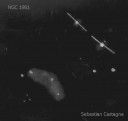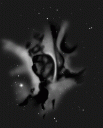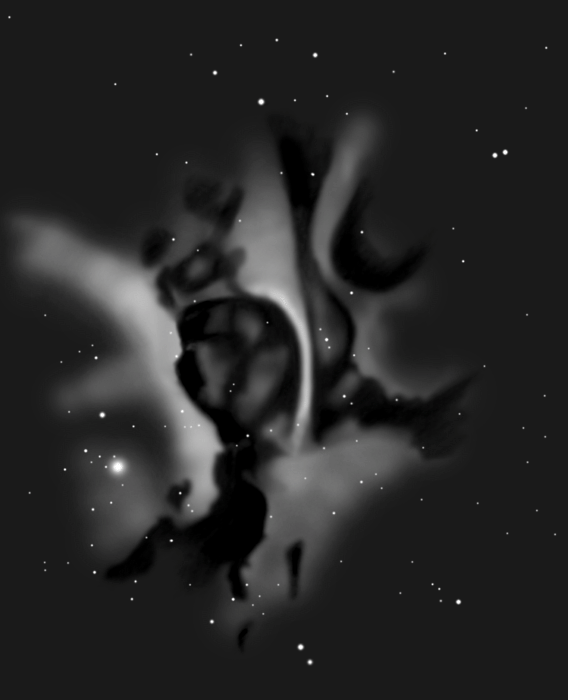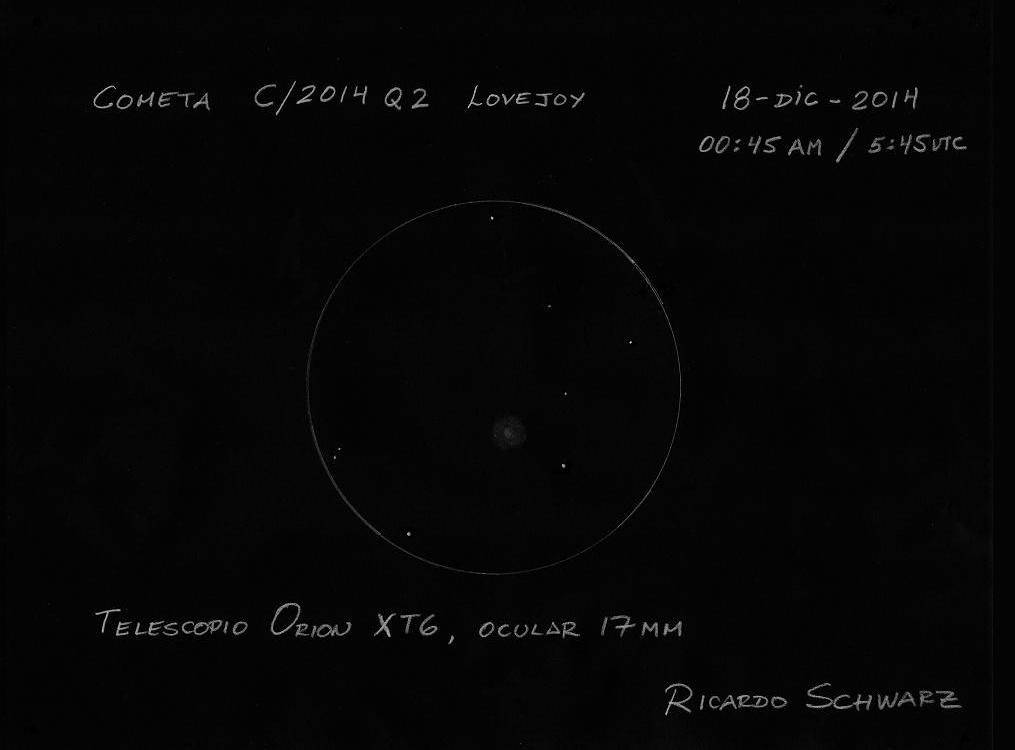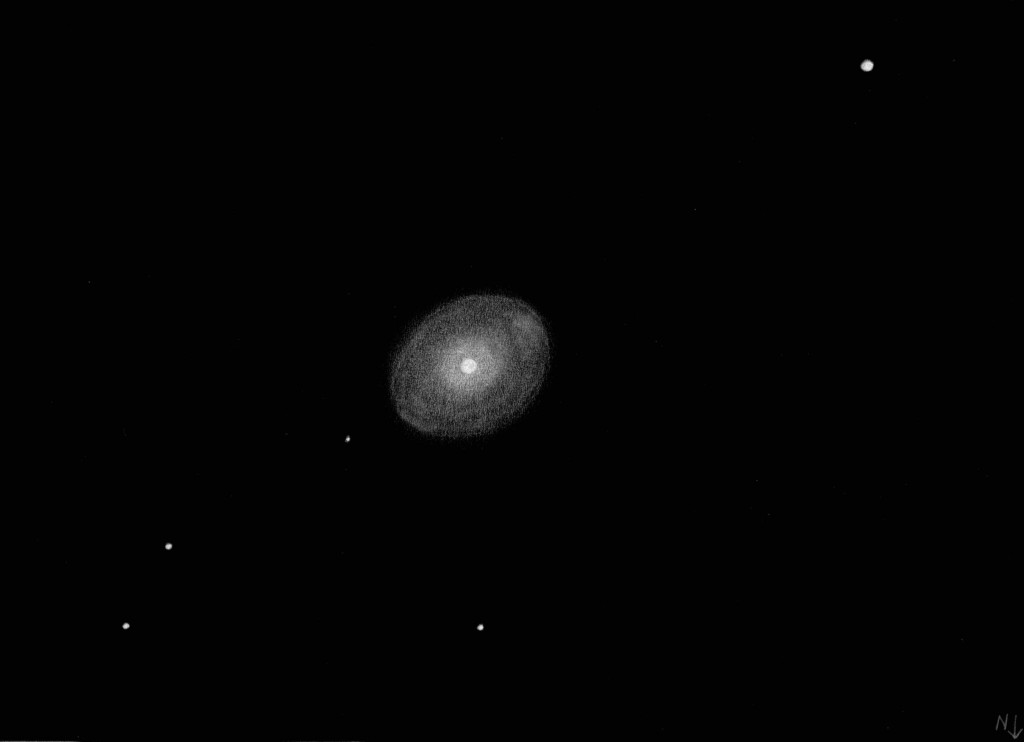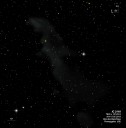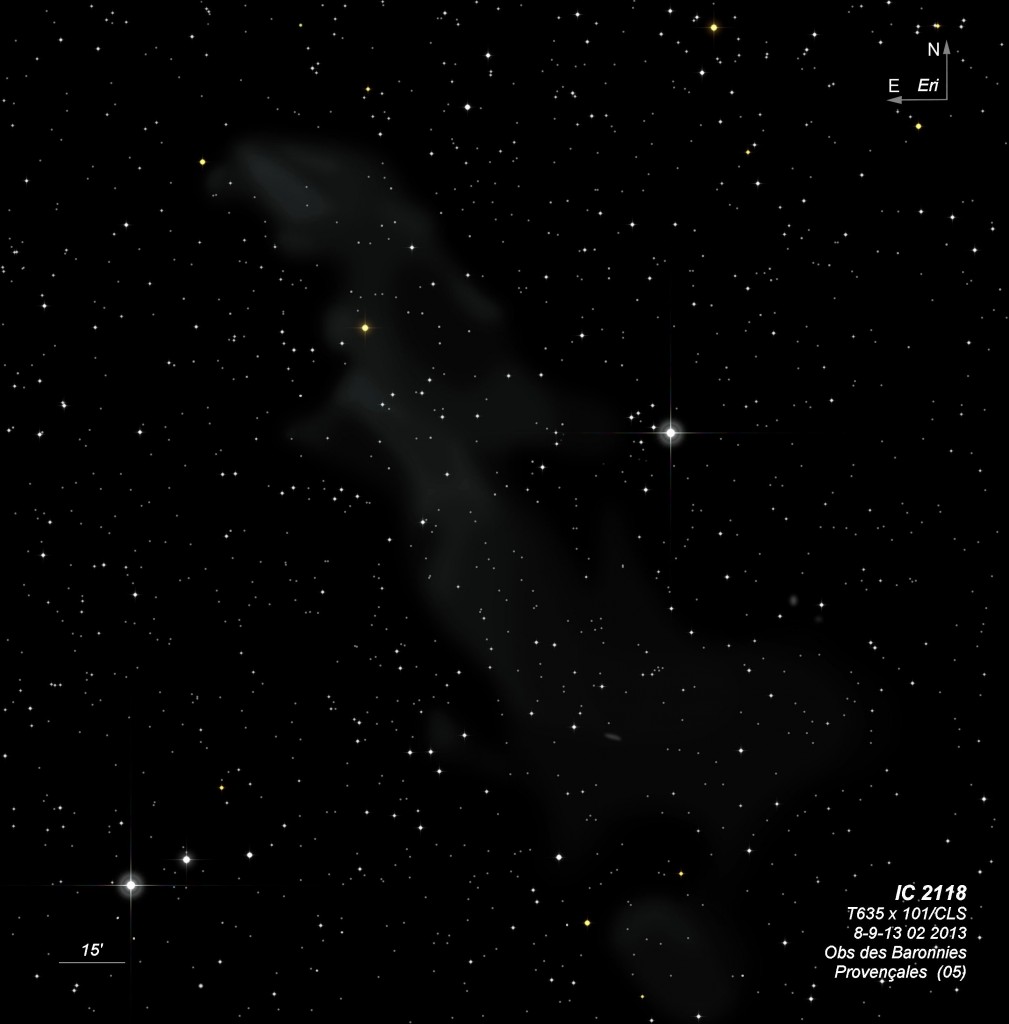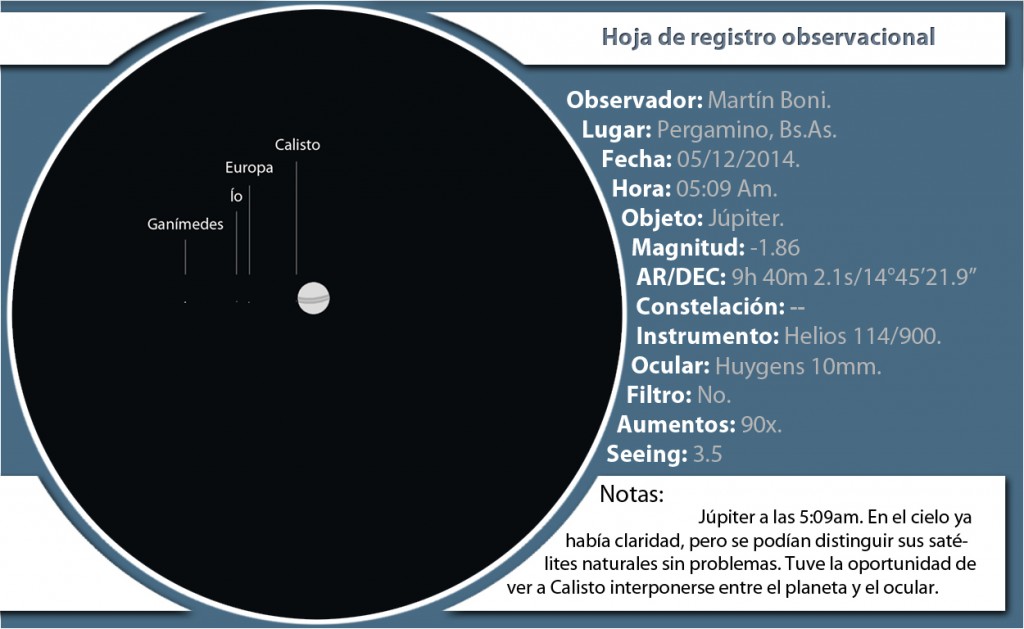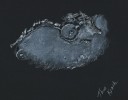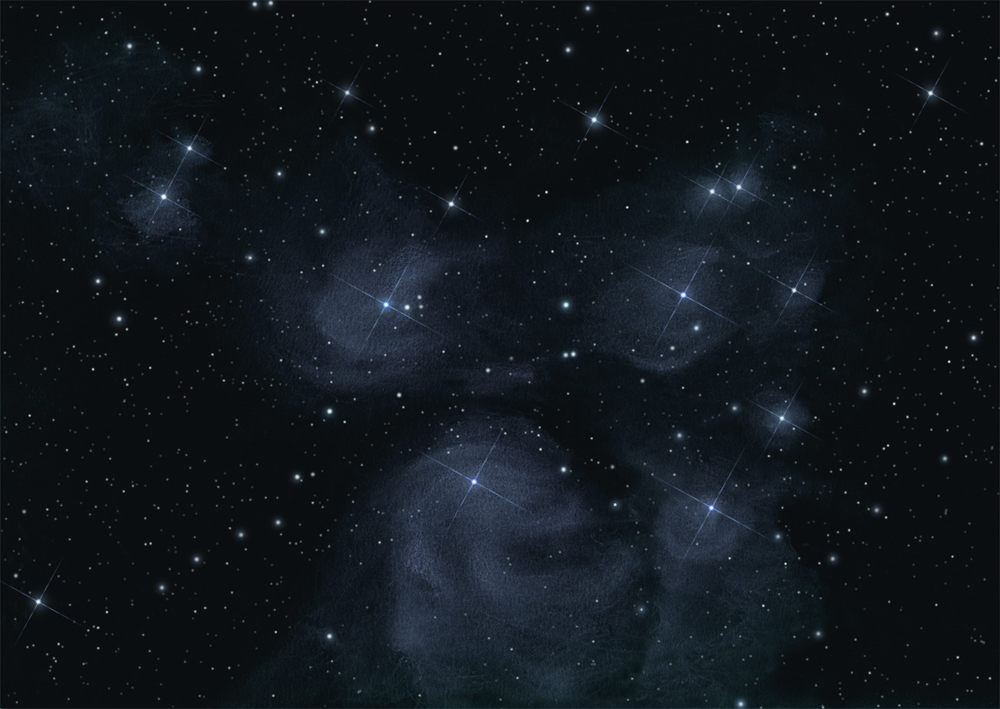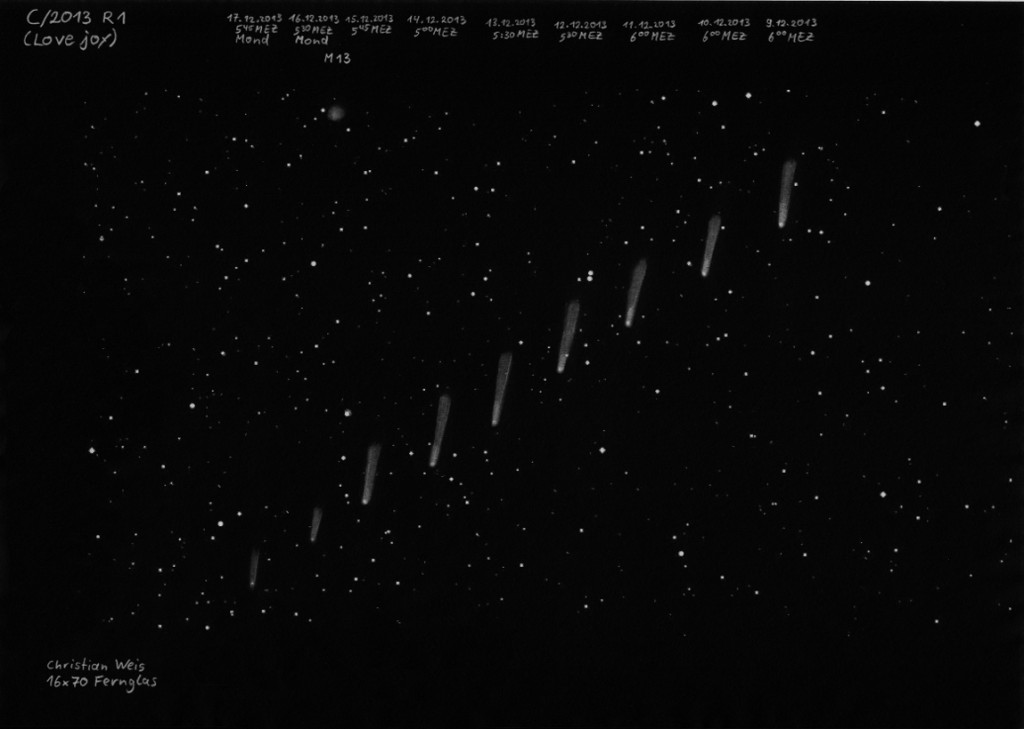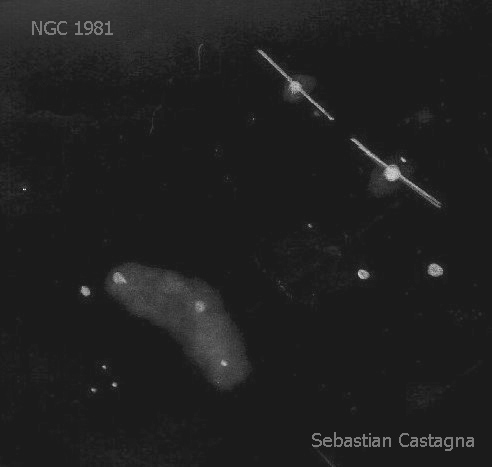
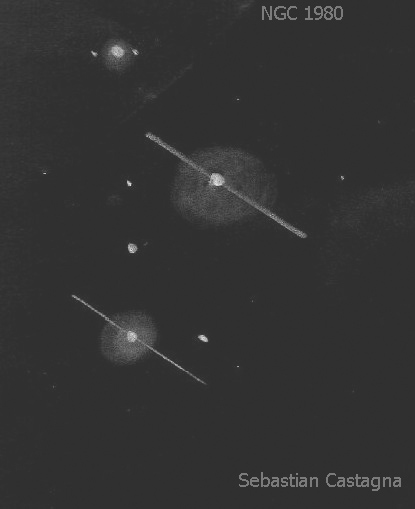
Object Name : NGC 1980-1981
Object Type Nebula
Location: Argentina-Provincia de Buenos Aires-Monasterio
Date: 13/12/2014
Media graphite pencil, white paper, digital tools.
All observations be performed with a motorized telescope Eq2 130-900 refelctor and eyepieces BST 12MM (75x).
Seeing 7/10.
The region where the Great Nebula in Orion is accompanied by these two objects that sometimes is a little lost in the majesty of M42. in these drawings I wanted to highlight the stars reflecting part of the nebulosity of these young clusters
Español:
Todas las observaciones ser realizaron con un telescopio 130-900 Eq2 motorizado con oculares BST 12 MM (75x).
Seeing 7/10.
La región donde se encuentra la Gran Nebulosa de Orion esta acompañada por estos dos objetos que a veces queda un poco perdido por la majestuosidad de M42. en estos dibujos quise remarcar las estrellas que reflejan parte de la nebulosidad de dichos jóvenes cúmulos
Sebastian Castagna
Estación Vientos del Sur
